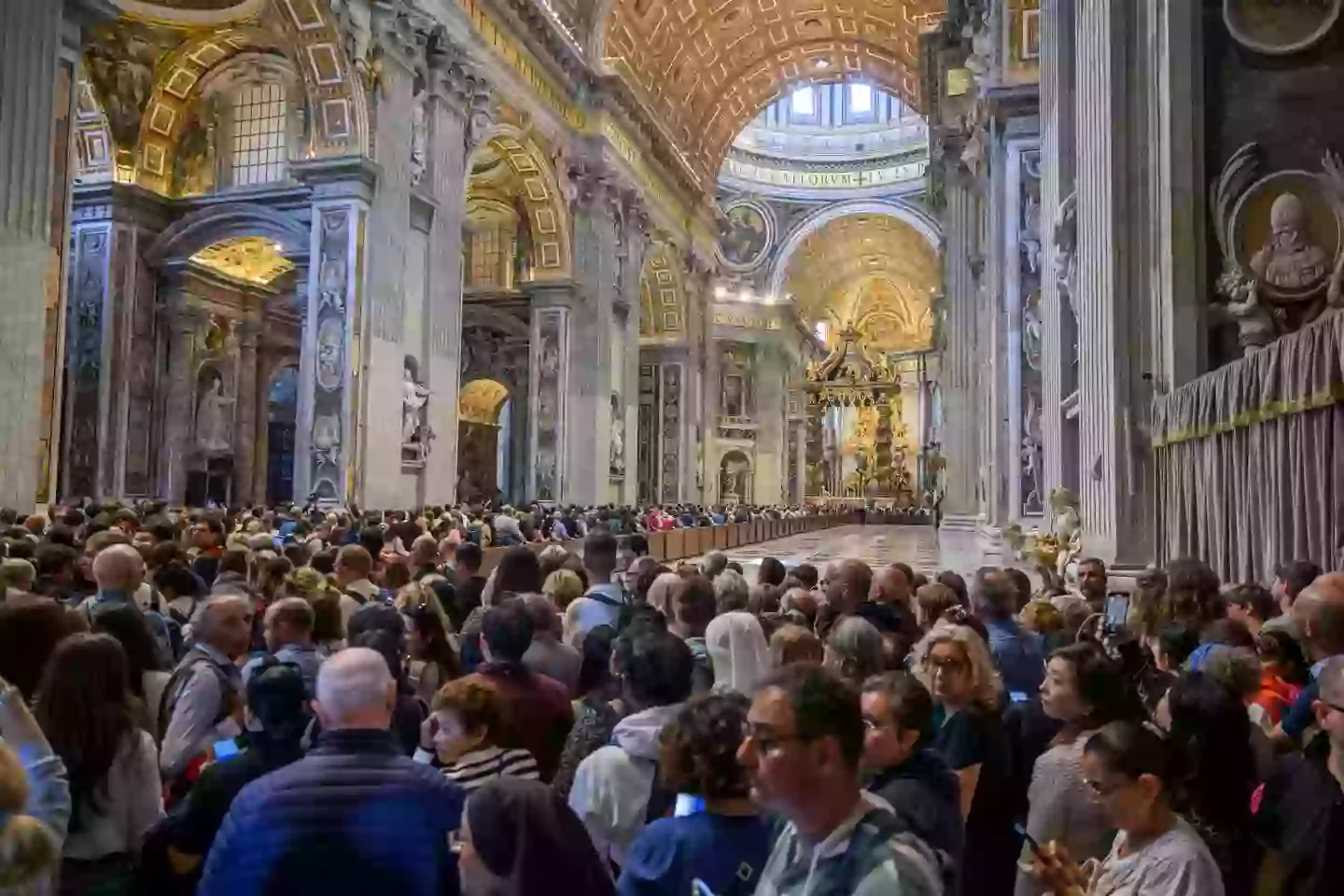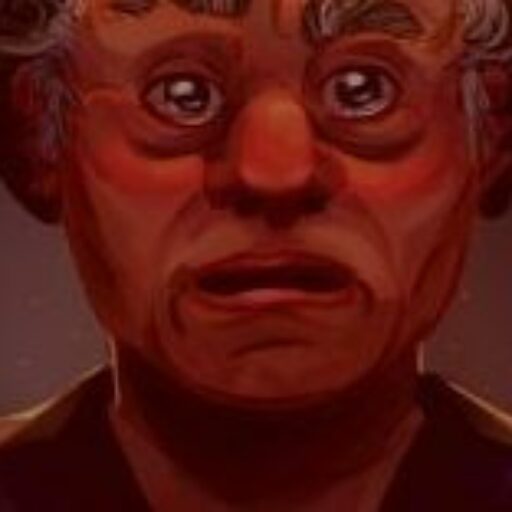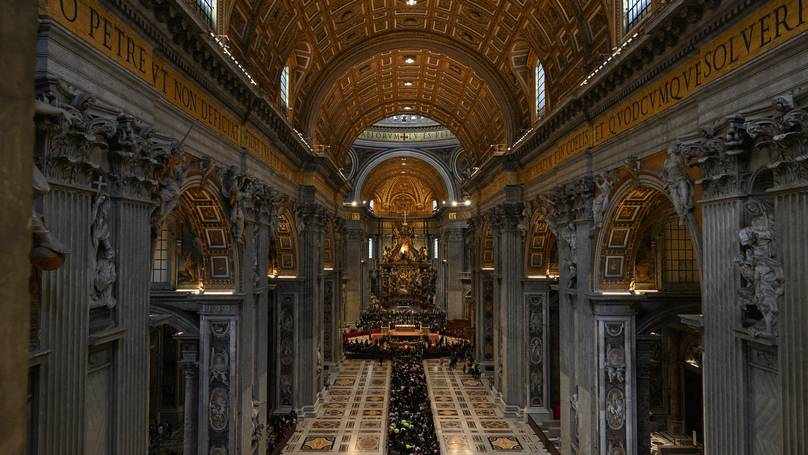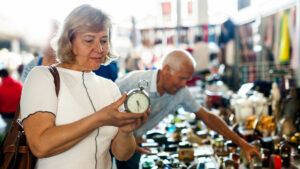Vatican's Enigmatic Mourning Period: A Nine-Day Quest for the Next Pope
In a world where traditions run deep and the Vatican’s smoke signals guide the eyes of billions, we now part ways with a man whose name was synonymous with humble and progressive leadership. Pope Francis, the shepherd of over a billion souls, was laid to rest in the Basilica of St Mary Major today, marking the culmination of an era and the dawn of a new papal epoch. One can’t help but wander, does the clergy have any white smoke up their sleeves or is this election going to go up in smoke? [a space here before.]
And so the question arises, in this moment of transition, who could step into such colossal shoes? Will the Cardinals choose a path of continued reform, holding fast to Francis’ legacy, or will the winds of Vatican change, perhaps ushering in a breeze from Africa for the first time in over a millennium? And amidst this solemn occasion, let’s face it, the selection of the next vicar of Christ is steeped in tradition but riddled with unpredictability—it’s like a celestial game show hosted in the Sistine Chapel, with Vatican City as the studio and the world anxiously awaiting for white smoke… or the next plot twist. LEARN MORE.
Pope Francis has been laid to rest in the Basilica of St Mary Major on the day of his funeral (26 April).
World leaders travelled to Rome and visited the Vatican to pay their respects to the late pope, but now that he’s been buried, attention turns towards the choosing of the next one.
There is much to do, as the pope is head of the Catholic church and head of state for Vatican City, and selecting a new pope is steeped in tradition.
The first part of which is…
Nine days of mourning
This is a period known as the ‘Novemdiales’, and it starts today with the funeral of Pope Francis.
It’s a tradition of nine consecutive days of mourning, with the final day being 4 May, with different groups given prominence on different days, so everyone gets a chance to participate at the forefront of the mourning.
However, once mourning has been done, the Catholic officials must turn towards their next duty of choosing who the new pope is going to be.

The funeral of Pope Francis is the first of nine days of mourning (Antonio Masiello/Getty Images)
Who could the new pope be?
Technically, any Catholic man could be chosen to become the new pope but it will almost certainly be one of the cardinals.
Since the 11th Century, only cardinals have been allowed to cast a vote for the new pope and they have almost always chosen one of their own, with just six exceptions since then and the last of which being Pope Urban VI who ascended to the papacy in 1378.
So it will be a cardinal, and according to the BBC it will be an ‘unpredictable process.’
Around 80 percent of the cardinals who can vote in the election were picked by Pope Francis, so it will be their first time choosing and they’ll have to decide whether they want to stick with the more humble and progressive direction the late pope favoured or choose to steer the Catholic faith in another direction.
Among the candidates tipped as favourites are several cardinals vying to be the first African pope in over a millennium, and Pope Francis’ right hand man Pietro Parolin.
It all depends on who the conclave votes for.

Cardinals under 80 will do the choosing of the next pope, and they need a two-thirds majority (MAURIX/Gamma-Rapho via Getty Images)
The conclave
Here’s how it works, there are 252 cardinals, but only those under the age of 80 are allowed to vote, so it’ll be a pick from 135 individuals instead.
The conclave typically begins more than two weeks after a pope dies, and further details on what date they start will likely be provided soon enough now the funeral has been concluded.
During this time, the cardinals do not leave the Vatican and they hold a secret ballot to decide who they think should be the new pope, with a secret ballot being held until one man has a two-thirds majority.
If they make it to 33 rounds of voting without choosing someone, then the two most popular candidates will be pitted against each other in a run-off, but they will still require two-thirds of the vote.
The shortest papal conclave was in 1939 when Pope Pius XII was elected on the second round of voting.
Fun fact, after Pius XII died his body exploded.
The longest conclave lasted for three years between 1268 and 1271, with the process taking so much time that three of the electors died of old age and one resigned before it was over.
Being locked inside the Sistine Chapel while voting, the cardinals send signals to the outside world, and if they want to say they haven’t picked a new pope yet then they send out dark smoke from a chimney.

White smoke from the Sistine Chapel chimney is the sign a new pope has been chosen (Guido MARZILLA/Gamma-Rapho via Getty Images)
White smoke
By contrast, when they want to say that a new pope has been chosen then the signal will be sent in the form of white smoke.
When white smoke billows from the Sistine Chapel’s chimney then the world knows there’s a new pope in town, and the man will then be taken to a place called the Room of Tears, where he will be given some time to reflect on the responsibility of becoming head of a religion that has around 1.4 billion followers.
He will be given his official clothes and step out onto the balcony of St Peter’s Basilica to greet the crowds of people who have been waiting to find out who the new pope is.
One of the most important early duties of a pope is choosing their papal name, which is often done to send a particular signal.
Pope Francis was not born Francis, his birth name was Jorge Mario Bergoglio, and he chose Francis because of Saint Francis of Assisi, who was known for his humility and support for the poor.
Who knows what name the new man will pick?


















